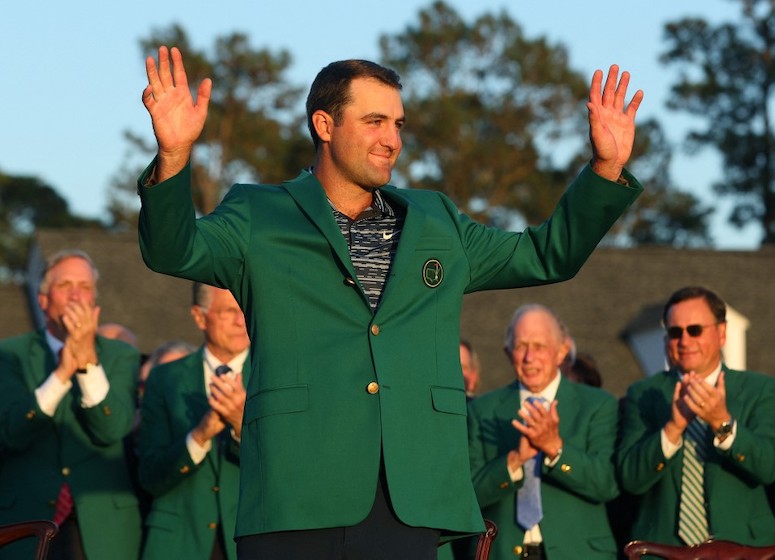
If we predict a natural disaster or the emergence of a virus, animals could one day help us. How ? Thanks to the large-scale study of their behaviour, often guided by a sixth sense foreign to humans. To this end, two years ago, researchers launched a large-scale project, ICARUS, aimed at eventually equipping 100,000 sentinel animals with sensors to track them from space and see what they have to teach us. In the April issue of the magazine Trends in ecology and evolutionthe scientists are detailing their concept based on the Internet of Things, which they have rightly called “Internet of Animals”!
It all started with a blackbird, the first adventure animal to be equipped with a sensor in September 2020, accompanying it from Belarus to Albania. So far nothing original since, since the 1960s, some 3.5 million wild birds around the world are ringed to find out more, in particular about their movements and their distribution area.
This blackbird nevertheless boasts that it was the first bird whose GPS coordinates were transmitted to the International Space Station (ISS) and then sent back to Earth! Nothing pointless here: while the rings only made it possible to move a small part of the birds (less than 1% were seen more than once), the spacecraft was in orbit at an altitude of 400 km, regularly within radio range of the sensors, now makes it possible to obtain a wealth of data, freely accessible online on a platform called move bank†
Anticipating the next pandemic?
In the autumn of 2020, about 5,000 transmitters were produced in this way to conduct a first study on the migration of blackbirds and thrushes. Other experiments soon followed, involving not only birds but, for example, reptiles such as Galapagos tortoises, which are known to birth, lay eggs and die in clearly defined places.
But – and this is the most important innovation of this technology – the miniature sensor weighing between three and four grams does not only transmit the position of the animal. It can transmit data about its environment, such as temperature or humidity, or even its health, which is particularly instructive for mammals such as fruit bats, whose populations have already been traced by ICARUS. Those same bats that were talked about during the pandemic…
“For potential reservoirs of infectious disease in animals, animal-sensor Earth observation can help identify potential hotspots for disease transmission, map and monitor transmission potential,” explains the study, led by the Yale University Center for Biodiversity. , USA and the Max Planck Institute for Animal Behavior, Germany. “Tracking antibody-positive individuals offers epidemiologists the opportunity to pinpoint true hosts of zoonoses such as Ebola and coronavirus disease 2019 (COVID-19). †
Complicated by the war in Ukraine
Other applications should make it possible to anticipate natural events or monitor phenomena caused by human activity. Geese change course? It is a possible indicator of snow melting. Wild animals living near a volcano behave strangely? What if it erupts! Wild animals suddenly leaving their habitat? It could be the announcement of an earthquake. According to the authors of the study, the only limitation would be the imagination.
Sensors are currently deployed at 91 locations on all continents. And the target of 100,000 animals? “I think we can get there in three to five years,” said Walter Jetz, a professor of ecology at Yale University. “A large global community of scientists and trained hobbyists, such as bird banders, stands ready to support the deployment of beacons. At a cost of about $300 each, which is expected to decrease with the number of beacons produced, the initial investment would be significant but minuscule compared to the cost of large satellite missions. The number of 100,000 is not set in stone, of course, but it is a realistic target and one that would allow monitoring at least 500 species in the world with enough samples per species. †
However, one event sowed stones in the boots of the biologist and his partners: the war in Ukraine. Since the antenna that originally allowed the transfer of data is installed on the Russian segment of the ISS. Gold, the conflict has undermined the joint programs of the Russian space agency Roscosmos and its European counterparts† Sharing of ICARUS information has stopped. As they explained to the review? ScienceHowever, the project’s initiators have forced the space players to pledge to send the data through other satellites by the end of the year. Human decisions, what could be more unpredictable…


:quality(70)/cloudfront-eu-central-1.images.arcpublishing.com/liberation/SS7GGKZ37RD47O5LEVVGGMUQ4Y.jpg)
